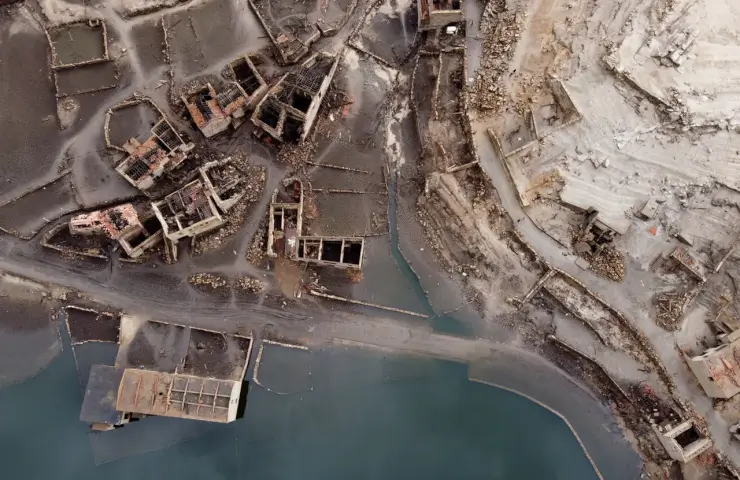Viktor Jack, writing for Politico, analyzes the aftermath of the brutal heat wave that has gripped Europe this summer, shutting down some hydroelectric power plants. As temperatures soared above 40 degrees Celsius in much of Western and Southern Europe in July, lower water levels have forced hydroelectric power plants to limit their capacity, divert water elsewhere or even shut down completely. This week, another heat wave is gaining strength across the continent.
In Italy, which relies on hydropower for about one-fifth of its electricity, the situation is particularly dire. “We are going through a situation that has not been recorded in our industrial history,” said Francesco Fornari, lead civil engineer at Enel, one of Italy's largest utility companies, which controls more than 500 hydroelectric power plants in the country.
“Water shortage in rivers, in our lakes is very big… it is a problem for energy production,” he said, adding that Enel’s hydroelectric production this summer is less than half of 2021 levels. The drop in water levels is particularly severe in northern Italy, where snowfall and rainfall were uncharacteristically low in late 2021 and early this year.
High water temperatures also affect plant cooling systems, which, together with low water levels, has forced Enel to shut down "many" hydroelectric plants and divert precious water supplies to other uses, including irrigation.
Run-run power plants have been hardest hit this summer as river levels have dropped, according to Glen Rickson, head of European power analysis at S&P Global. Electricity prices are likely to be even higher this winter, so it makes sense for utilities to keep water behind dams and only release it later.
This reduces the current hydropower production. Production in Western Europe fell 20 percent in the second quarter of this year compared to the average year, he added.
In France, production fell by 5.7 terawatt-hours - or about one quarter in the first half of this year compared to 2021, a spokesman for the utility EDF said. The company, which controls 80 percent of France's hydropower capacity and over 1,000 dams and power plants, said its reservoir filling rate was 67 percent at the end of July, 13 percentage points below the historical average.
Climate change increases the likelihood of rising temperatures in the coming years, forcing hydropower companies to look for ways to adapt. "The value of water will change," said Anthony Froggatt, senior fellow and energy analyst at Chatham House, adding that the need to prioritize water for irrigation and drinking would "make the economic pressure" that hydropower can be more expensive.
But that doesn't mean hydropower will disappear, said Matteo Bianciotto, senior policy manager at the International Hydropower Association (IHA). “We expect hydropower to play other roles in the future,” he said. This could include retrofitting existing dams for use in so-called pumped-storage plants that physically pump water up the mountains when electricity prices are lower (usually at night) and then release the water to generate electricity.




